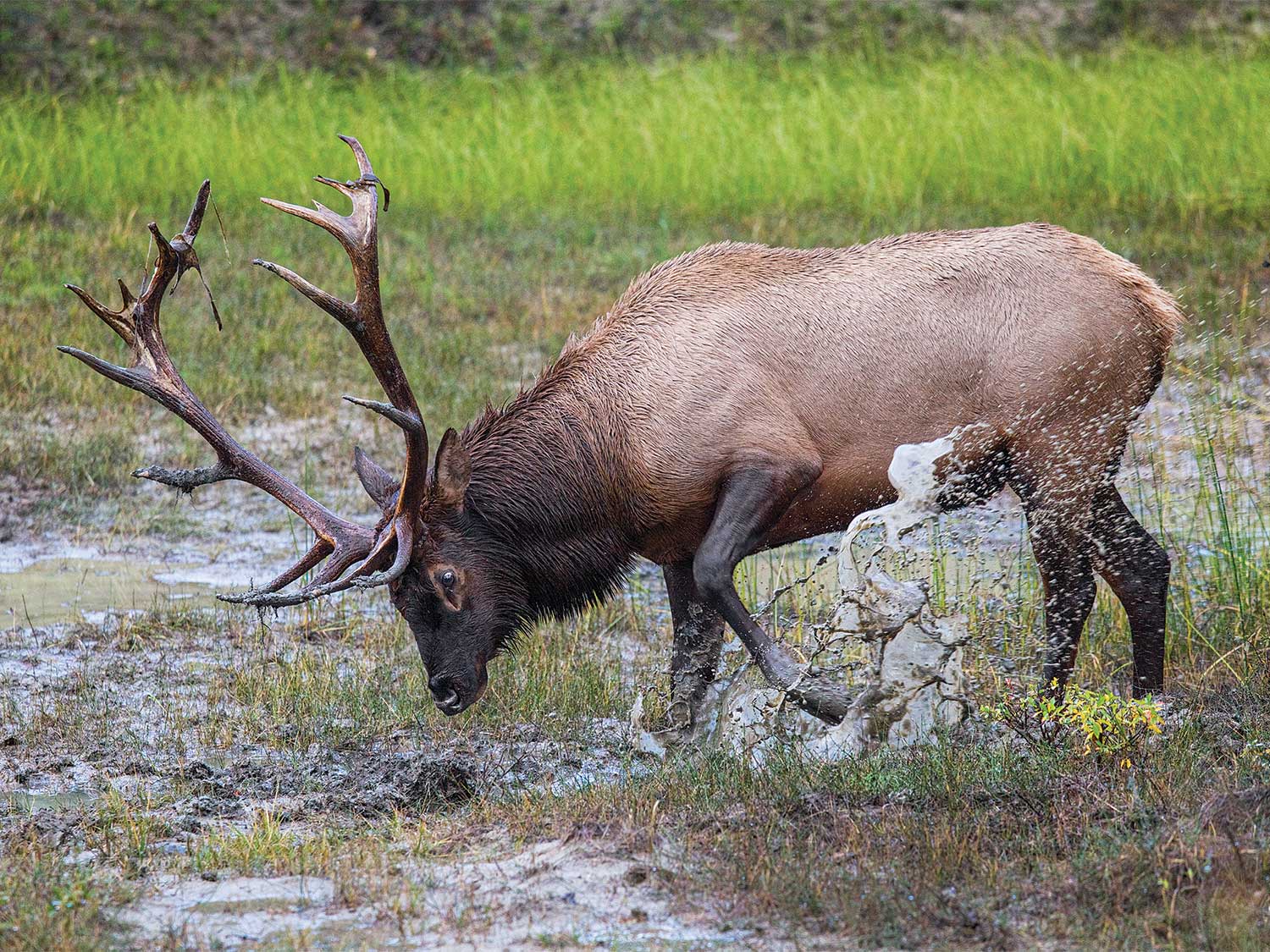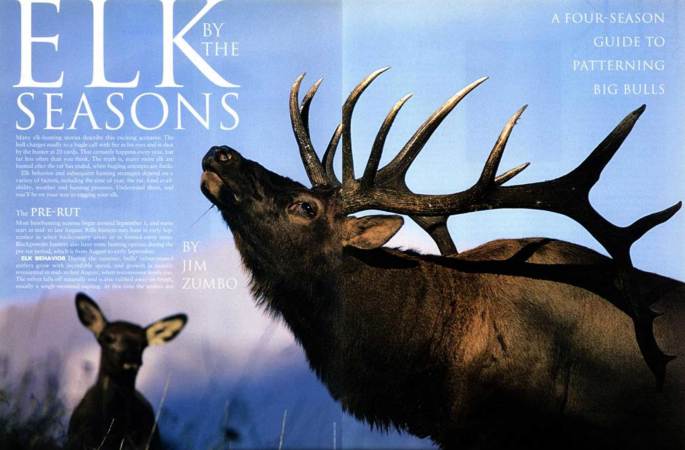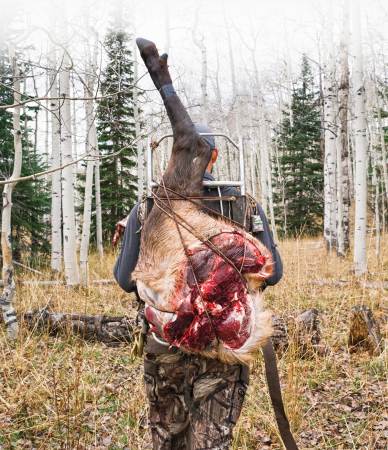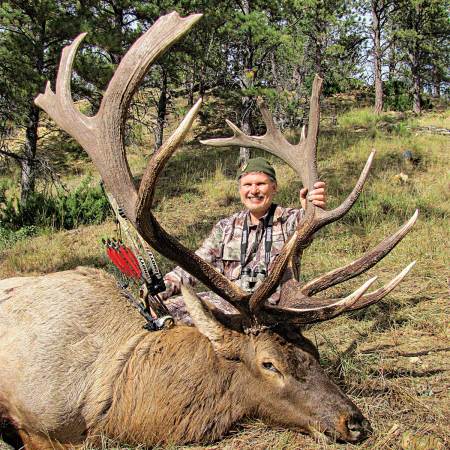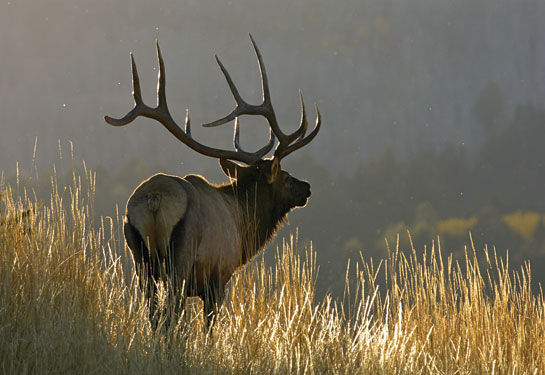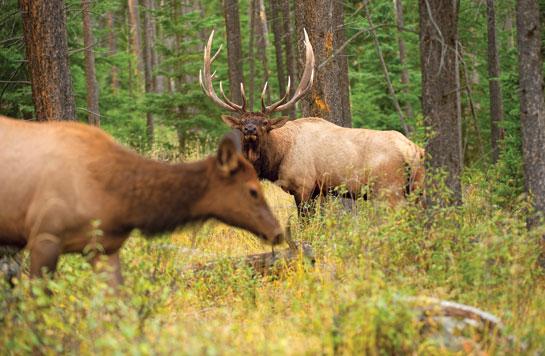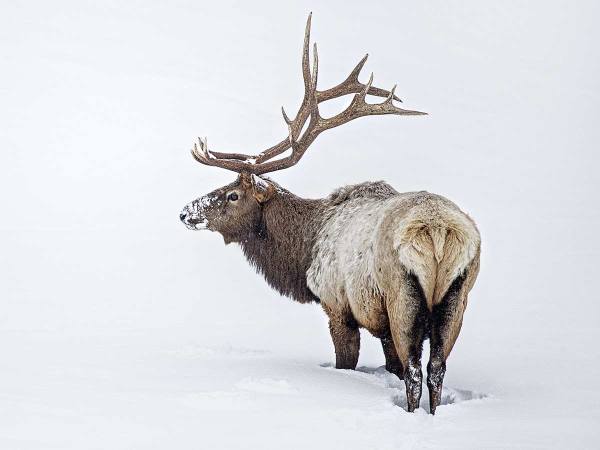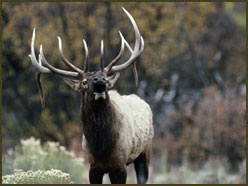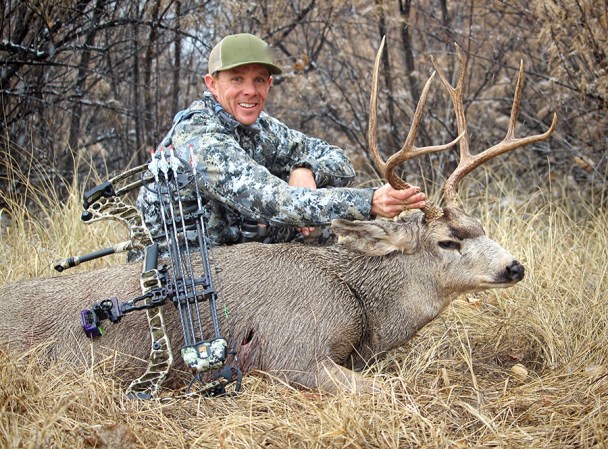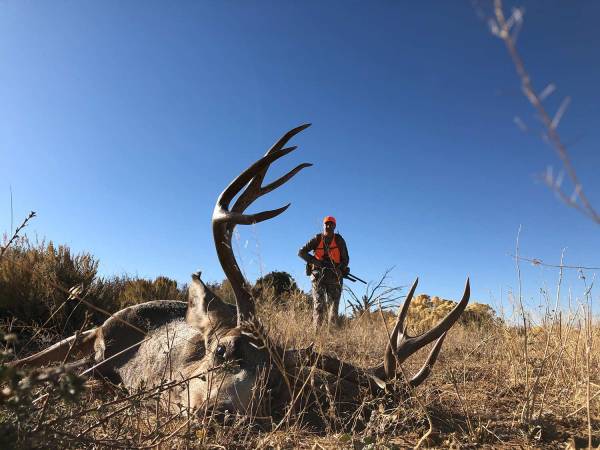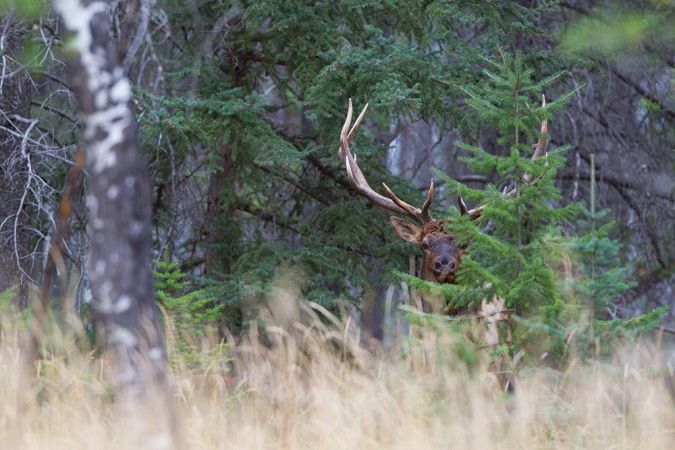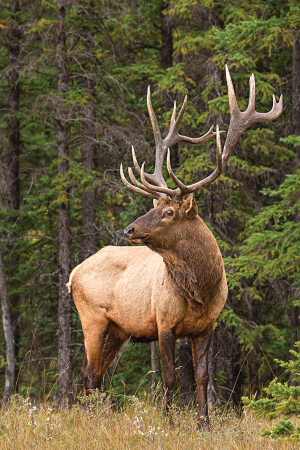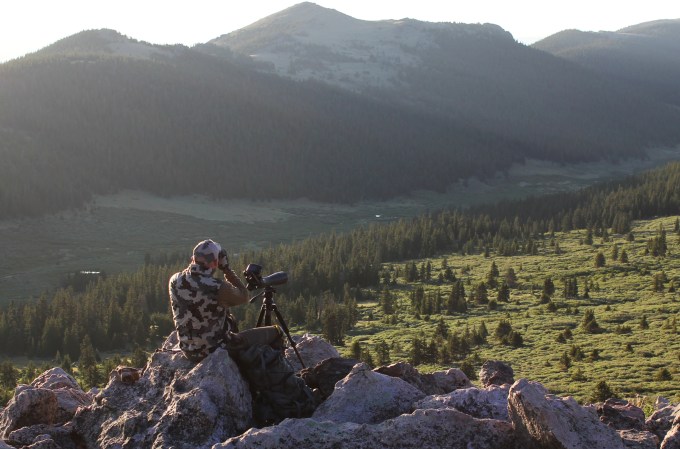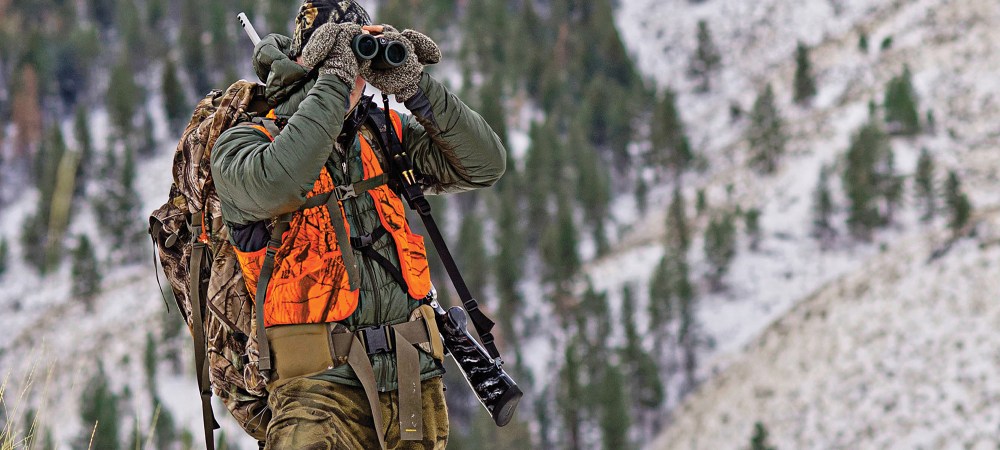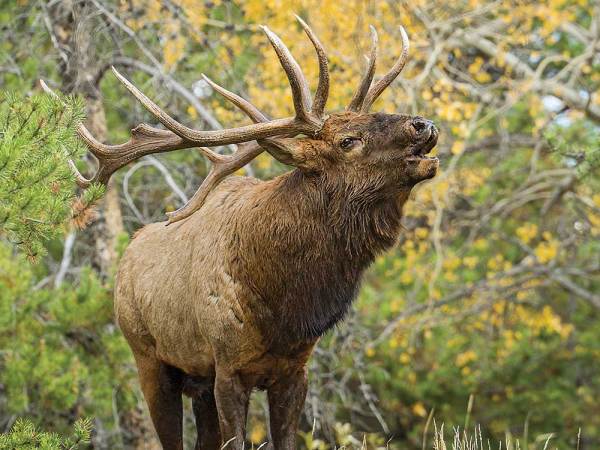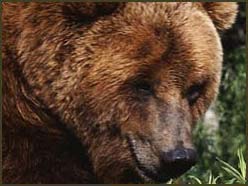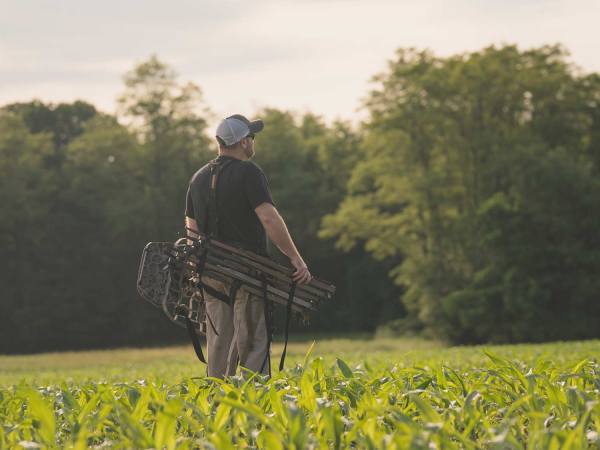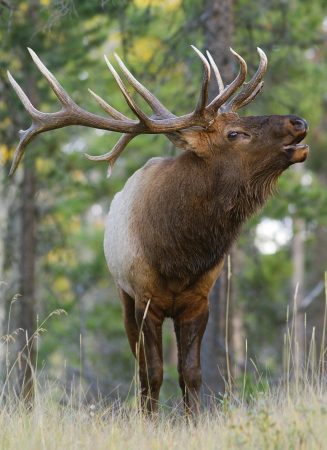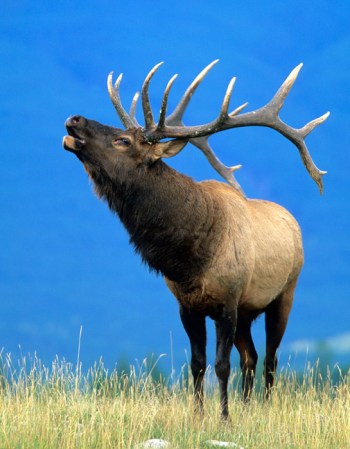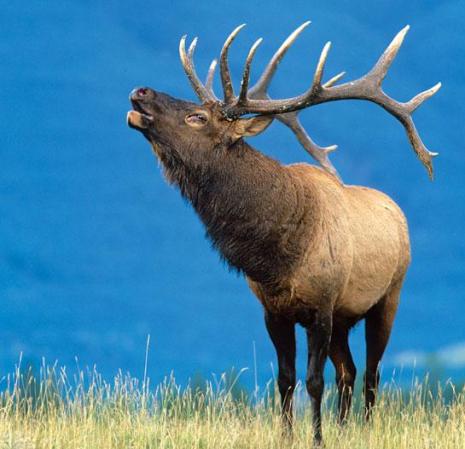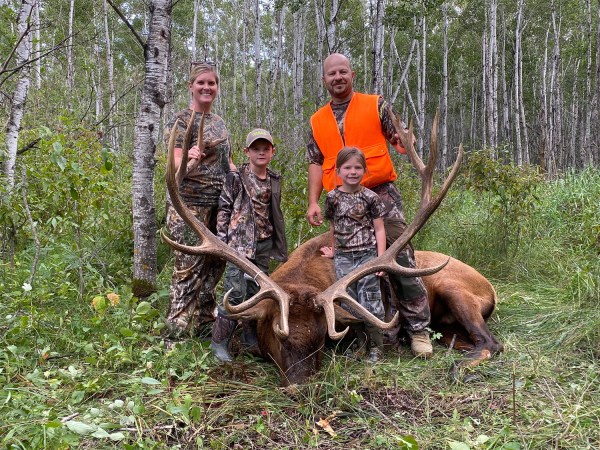We may earn revenue from the products available on this page and participate in affiliate programs. Learn More ›
The water looked like chocolate milk, and the musk of elk urine hung in the air. Nearby pines oozed sap—a sure sign of antler abuse. The grass was painted with tarry mud, and the trails were littered with droppings. It was the kind of wallow you pray to find, on the edge of a meadow surrounded by dense timber. I wasted no time hanging a stand.
Wait Here
Bulls begin to wallow as their testosterone rises ahead of the rut. They spray urine into the wallow and then roll around in it like a dog. Bulls hope the resulting stench will catch the interest of a cow.
Wallows are great places to ambush a bull. Treat them like a turkey-strut zone. Put in your time, and something will show. Typically, I like to call and spot-and-stalk hunt during the morning hours, and then jump into a stand over a wallow at midmorning. I’ve had numerous visitors between 10 a.m. and 2 p.m., but the hours from 4 p.m. to dusk have been my most productive.
Get Muddy
Ignore massive meadows. Instead, concentrate on smaller openings surrounded by big timber. Get an aerial view of your hunting area online, and do some prospecting. Mark potential locations, and then check them out once you arrive to hunt. Water flowing into an area adds some appeal, but you don’t need to have water to have a wallow. Two of my red-hot elk wallows are in boggy meadows, and the bulls paw and rake at the grass to expose the mud.
When you’re scouting, if the water is clear and the mud on the grass is dry, move on. Search until you find a meadow that looks like cattle have been roaming in it. The stench of elk pee should burn your nostrils.
Set Your Stands
Thermals trickle down in the morning, move up during the heat of the day, and then move back down during the evening. Use this to your advantage, and look at your map, as well as the trails, to predict a bull’s route of travel. If possible, hang a pair of stands: one for downward-flowing thermals, and one for upward-flowing thermals. You don’t have to get nosebleed high, especially if you tuck into a thick pine.
Read Next: 3 Top Elk Guides Share Their Elk Hunting Tactics and Favorite Gear
Keep Quiet
I prefer to stay silent when I’m hunting wallows from a treestand. You never know if a bull is lurking just inside the timber. If you call and he doesn’t see another elk, your chances of getting a shot drop significantly.
As for that wallow I found on the edge of the meadow, I hunted that stand for three days and passed a total of five bulls before letting a good buddy hunt it on day four. Thirty minutes into his evening sit, he dropped the string on a beautiful 6×6. It was a great end to a public-land hunt in just the right spot.
Wallow Stands and Gear
There’s a good chance your mud puddle will be off the beaten path, making a heavy stand a poor choice. My go-to is Millennium’s M7 MicroLite paired with a trio of Lone Wolf climbing sticks. I strap the stand and steps to the outside of my pack, and stuff my Hunter Safety System Lifeline and vest in my pack. Weight is always a concern for the serious elk hunter, but if you’re going to sit stands, bring an Ozonics unit and spare batteries. This scent-destroying unit has saved my bacon more than once. I promise you’ll be glad you packed it. —J.B.
